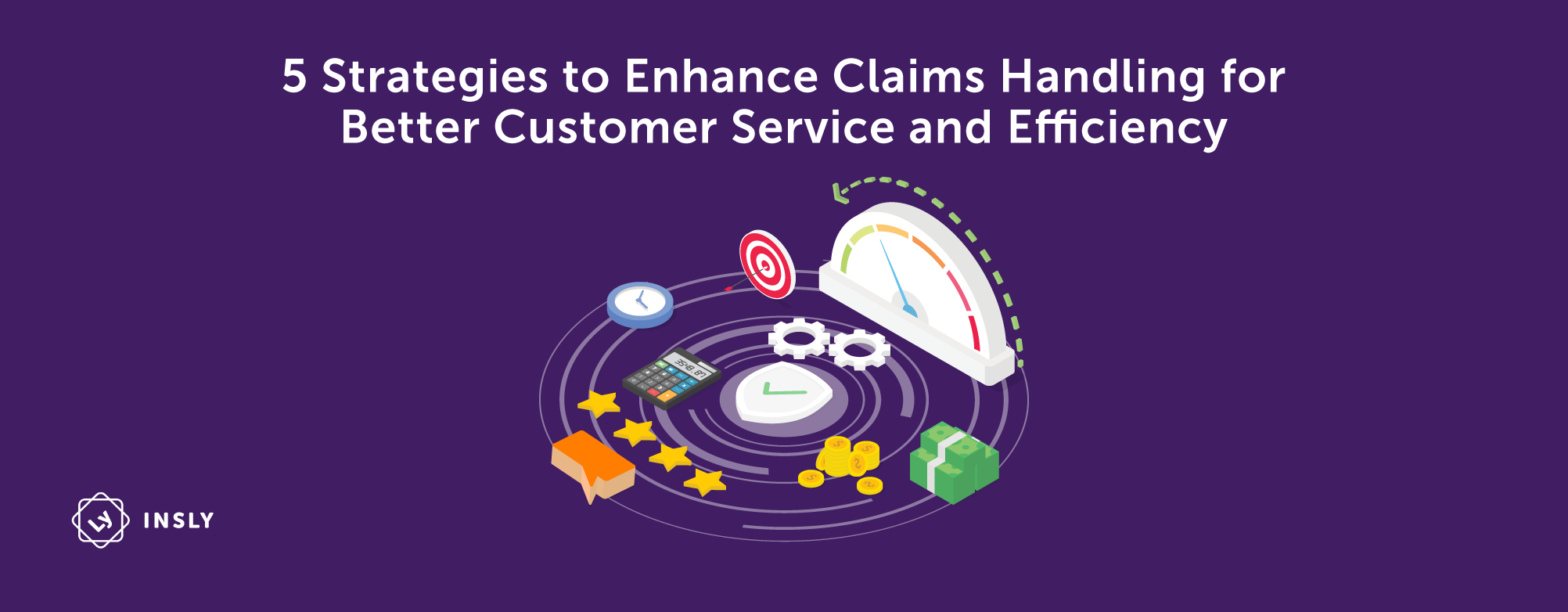For MGAs and insurance companies, claims handling is the costliest aspect of the insurance lifecycle, accounting for around 75% of total costs in motor and about 55% in home cover, according to the Financial Conduct Authority. Yet, it has also been one of the slowest areas to digitise and automate. As of last year, only 29% of insurers offered an end-to-end digital FNOL (first notification of loss) to the settlement process, while 25% have partially digitised the claims journey.
However, as more MGAs and insurers start to digitise their claims journey, those companies who fall behind will find themselves at a severe disadvantage in winning and retaining customers, who are demanding a more convenient and streamlined claims experience. A poor, clunky, manual claims process will not only frustrate those who do make a claim, it will also lose companies money through inefficiency, claims leakage and fraud.
Furthermore, MGAs and insurance companies now have a wide range of claims management software and solutions available to them to make the claims process work better for customers, staff, and the bottom line. So, what are the key strategies they should be thinking about to improve claims processing?
What are the steps in the claims handling process?
It’s worthwhile recapping the different phases of the claims process. While every claim is slightly different, there are typically four or more stages that a company and their customers will go through:
- First notification of loss (FNOL): the customer contacts their insurance company about their loss, providing any necessary documentation as proof, such as photos, police or healthcare information.
- Reserving: Estimating the value of the claim, and setting aside funds to cover the future payment and related expenses.
- Handling/investigation: the insurance company then carries out an investigation into the loss to assess whether the claim is valid, identify any red flags, and review what is covered under the policy, and what excess is payable.
- Damage evaluation: If the claim is found to be valid, the adjuster will then do an assessment of the cost of rectifying the loss, through repairing or replacing the item, covering medical or other bills.
- Settlement: Finally, the MGA or insurance company will settle the claim, based on the cost of the damage minus any excess.
How to improve claims handling?
Each of these stages can now be streamlined significantly through digitisation and automation. Here are five strategies to consider:
- Customer self-service: Introducing claims self-service should be a top priority for insurance companies. Most customers don’t want to claim on their insurance, and when they do it is usually in stressful circumstances, and often outside usual office hours. Through enabling customer self-service, via a client portal or a dedicated app, insurance companies can make the process simple and easy for customers, while also reducing the need for a large call centre. Customers can submit a claim from their phone or computer, while providing details and photos, without having to pick up the phone. It streamlines the process for both sides.
- Automating manual processes: FNOL isn’t the only area of claims handling that can now be automated. With the help of artificial intelligence (AI), machine learning (ML), and natural language processing (NLP), claims software such as Insly can now automate the end-to-end claims handling process, including investigating and assessing claims, and analysing photographic and documentary evidence. The system can review simple claims to assess whether they’re valid, responding with additional guidance and questions where required. Unnecessary administration and paperwork are reduced, increasing claims processing speed, while freeing up claims adjustors to focus on more complex cases.
- Maximising insurance analytics: Data is at the core of handling claims effectively, aiding companies in investigating claims, assigning, and prioritising claims, and pricing damage and settlements accurately. Claims adjustors can now draw on internal data such as customer information, historical claims, and IoT data from telematics, health, or other devices. They can also increasingly access external sources such as weather records, driver databases, and social media to evaluate claims as comprehensively as possible. While various data can be collected manually, the only way to maximise the full potential of this data in the claims process is through implementing automated and connected systems that collect and collate data in the right format – this is the first step.
- Fraud detection: Insurance fraud has increased in the wake of the cost-of-living crisis, and it is a substantial cost for insurance companies, which have always struggled to detect fraud accurately, frequently relying on time-consuming, manual checks. Now the process is being revolutionised through AI, which can automatically sift through mountains of claims data in real-time to flag suspicious activities for further investigation. In fact, research has found that machine learning can reduce the time spent on fraud detection by 70%.
- Holistic communications: Nobody likes spending unnecessary time on the phone to their insurance company, and new technologies mean that they don’t have to. Alongside self-service portals, insurance companies should be looking to implement a holistic range of communications channels spanning text messages, to Whatsapp, and chatbots. Easy to implement, these options don’t just make life easier for customers, they can also reduce customer service costs. Even chatbots are now relatively straightforward to implement through tools such as Zendesk and Liveperson, and able to answer both straightforward and increasingly more complex queries.
Automating manual claims processes and replacing legacy technology might sound daunting, but it is now easier than ever thanks to no-code tools such as Insly’s claims management software. Designed for any line of business and suitable for insurers, MGAs, and brokers, it covers the entire claims process from notification to settlement. And as it is low code/no code, it avoids in-depth and costly IT development. So, companies can transform their claims handling, simultaneously improving customer experience and cutting costs. In fact, when set for automated claims handling, Insly’s tools have been estimated to lower claims processing costs by 50% or more.



